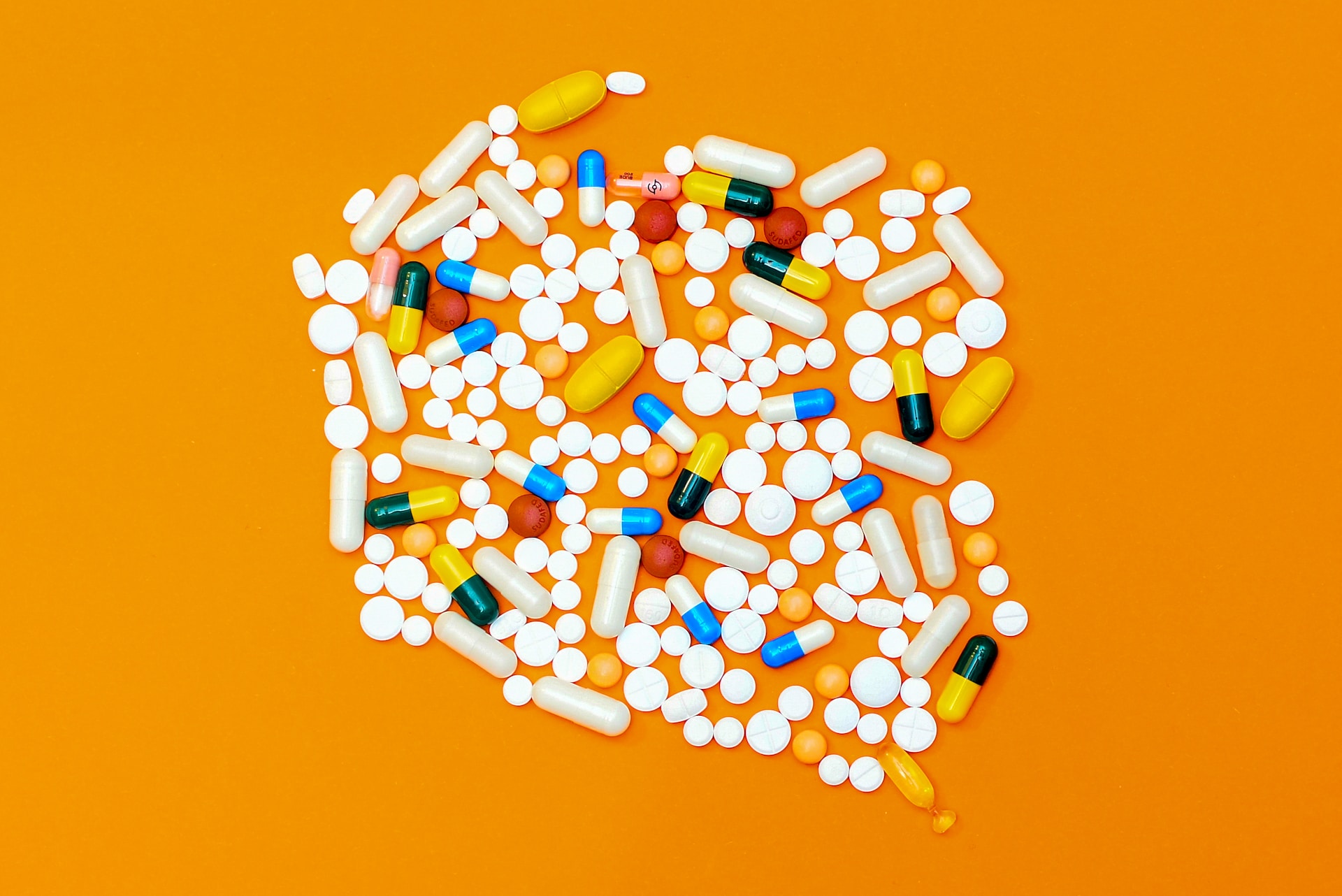



Pharmaceutical waste — biologically active medicine that has expired, been thrown away or been excreted from the body — is becoming a serious problem in waterways. Researchers have detected dozens of human medications in rivers and lakes that lead to alarming effects on aquatic organisms. To stop antidepressants, blood thinners and other potent drugs from wreaking havoc on surrounding ecosystems, we need new solutions to pharmaceutical waste disposal.
Pharmaceuticals are designed to target specific receptors in the body. Many animals and plants also have these receptors, meaning that when medicine gets into the water, aquatic organisms readily absorb it. Pharmaceutical waste gets into the water via human waste, improper medication disposal and drug manufacturing processes.
Waterways often contain more than one medication, leading organisms to ingest a wide range of drugs that react badly when taken together. Top predators also suffer from biomagnification — also called bioaccumulation — by eating several smaller species that have already gotten significant doses of medicine. The more prey an animal eats, the more doses of medication build up in its body, causing potentially lethal effects.
Contraceptive pills can affect animals’ hormones. When researchers exposed male minnows to synthetic estrogen at levels normally found in wastewater, the fish began developing female gonads and had lower sperm quality.
Another study that exposed starlings to an antidepressant via medicated wax worms saw the birds’ feeding behaviors change. The starlings that got a secondhand dose of Fluoxetine ate small meals constantly throughout the day rather than enjoying a large breakfast, a few snacks and another big meal at dinner, as is typical. Such foraging behavior, which leads to lower body weight, could be dangerous in the winter.
Some drugs even affect algae. Antibiotics can inhibit the development of chloroplasts, the organelle that allows algae to photosynthesize. Without making energy from the sun, the algae dies, which can have harmful ripple effects across an entire ecosystem.
Thankfully, there are several potential solutions on the horizon. Several types of technology show promise in the application of pharmaceutical waste disposal, including:
The technology for filtering drugs from the water supply already exists. Granular activated carbon filters and nanocellulose filters, for example, do a fantastic job of absorbing all kinds of pollutants.
The main reason wastewater treatment plants and drug manufacturers don’t use better filters is that the technology is expensive. Granular activated carbon filters must be replaced frequently, leading to high maintenance costs. But these filters can remove pharmaceutical waste from the drinking water supply, protecting people against the as-yet-unknown effects of repeated drug consumption.
Governments should use a percentage of taxes to fund better wastewater filtration, making the technology more affordable and feasible to implement. This move would protect both people and the environment.
Drug denaturing kits are becoming more advanced all the time. For example, medical supplier Valley Northern has developed drug denaturing kits that completely destroy medications. Pharmacists use the kit by adding water to the container, shaking it to congeal the mixture and leaving it to rest for two days. The mixture contains a chlorinating agent that destroys chemical bonds, irretrievably breaking down prescription medications without any need to crush the pills in advance.
If all pharmacies adopted this type of technology — or if drug disposal boxes contained denaturing agents — it would significantly limit the amount of active pharmaceutical waste ending up in waterways.
Filtering and denaturing drugs will go a long way toward improving pharmaceutical waste disposal. But how do we clean up the drugs already in the water supply?
One solution is bioremediation, the use of plants or microbes to remove pollution from an ecosystem. Researchers have found that some algae species, such as Chlamydomonas acidophila, can accumulate and degrade some medications. Perhaps scientists could use this species — or something similar — to break down medications in polluted ponds. And, in the future, algal bioreactors could be part of the overall wastewater treatment process.
Technology isn’t the only solution to the issue of pharmaceutical waste disposal — cleaning up the world’s waterways will also require legal and behavioral shifts.
Many people know they aren’t supposed to throw medication in the trash or flush it down the toilet. However, they are presented with few or no alternative courses of action, especially in rural areas. It’s common for people to have never even seen a drug take-back box, much less know they’re supposed to use it.
Governments should make medicine drop-off boxes widely available so people can easily return unused or expired drugs. Then, campaigns can educate people about the importance of using the drop-off boxes.
Developing biodegradable drugs is easier said than done. Medications must be shelf-stable enough to not degrade before a person can take them, and they also need long half-lives so people don’t have to take multiple pills per day.
Still, chemists are hard at work trying to design drugs with triggered instability, meaning they would break down in response to an environmental trigger. Biodegradable drugs would quickly become inactive in waterways, rendering them less harmful to aquatic organisms.
There are currently few processes for screening and monitoring the water supply for drug pollution. Even worse, many countries lack regulations around pharmaceutical waste disposal, meaning drug manufacturers can pollute waterways without consequence. Governments should implement stronger laws to penalize organizations that harm the environment.
In a perfect world, the human body would metabolize every ounce of medication that went into it, leaving behind no waste that could get flushed into a waterway. Drug manufacturers would never dump active ingredients into nearby streams, and medication would break down quickly in the environment.
Although we don’t live in a perfect world, it is possible to clean up the pharmaceutical waste disposal process. By implementing new technology and policies, the world’s rivers, lakes and estuaries could one day be free of medical waste, allowing them to return to normal.


This site uses Akismet to reduce spam. Learn how your comment data is processed.